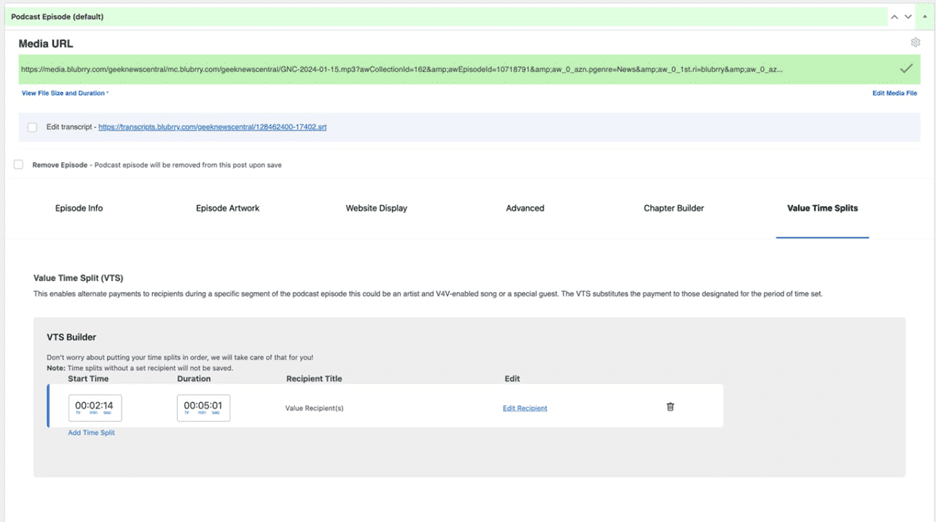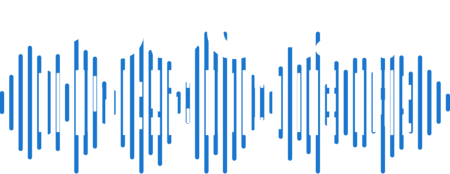 Podcasting 2.0 represents a pivotal leap in the evolution of the podcasting industry, ushering in an era of expanded possibilities for creators and listeners. With a commitment to innovation, Podcasting 2.0 has continually introduced new elements and features that are reshaping the landscape, offering podcasters innovative tools to grow their audiences and monetize their shows more effectively than ever before.
Podcasting 2.0 represents a pivotal leap in the evolution of the podcasting industry, ushering in an era of expanded possibilities for creators and listeners. With a commitment to innovation, Podcasting 2.0 has continually introduced new elements and features that are reshaping the landscape, offering podcasters innovative tools to grow their audiences and monetize their shows more effectively than ever before.
This transformative movement is not just a minor upgrade; it’s a revolution that is reshaping how listeners consume and engage with audio content, making podcasting a dynamic and promising industry where success knows no bounds. In this digital renaissance, Podcasting 2.0 is at the forefront of ushering in an era of boundless creativity, engagement, and profitability, redefining the future of the podcast industry.
Value Time Split
This element offers different value splits for a certain period. Start time and duration are supplied with alternative value recipients. The option extends a podcaster’s ability to promote one or more Value4Value accounts to receive donations. For instance, if you have a music podcast and wish to support your show through donations but also want to promote a musician’s song being played on the show, you can split the value within the podcast to support the musicians while you are playing the musician track.
In the same regard, you can support a third party that may have contributed to a segment of your show or even provide value back to a guest who was on your show for a segment.
By constantly pushing the boundaries of what’s possible, Podcasting 2.0 has laid the foundation for a dynamic and thriving podcast ecosystem where the potential for growth and monetization is truly limitless.

Remote Item
This element allows you to point to another feed or <item> to obtain data that the other feed or feed item has. This lets the podcast app know where to go and fetch the requested data. What data is asked for is determined by the parent item. For instance, if the parent is a <podcast:podroll> element, then the remote feed’s <channel> metadata is needed.
While you do not need to know all the technical ins and outs of this feature, just understand that other things, such as a remote feed or a list of shows such as a podroll explained below, may be embedded within.
Podroll
 Podroll offers podcasters the opportunity to include references to one or more podcasts in its <channel> to recommend other podcasts to their listeners. These recommendations will be surfaced in podcast apps. This is a way of providing a personal recommendation.
Podroll offers podcasters the opportunity to include references to one or more podcasts in its <channel> to recommend other podcasts to their listeners. These recommendations will be surfaced in podcast apps. This is a way of providing a personal recommendation.
Sometimes, you just want to reference another feed as well. It could be support content for your show or other purposes. These are specifically show-level entries.
Update Frequency
 This element allows podcasters to express their intended release schedule as structured data and text.
This element allows podcasters to express their intended release schedule as structured data and text.
Want to learn more about these exciting new features in Podcasting 2.0? In December 2023, Blubrry’s Todd Cochrane and Mike Dell went into detail on these new features in Podcast Insider. Take a listen here.





